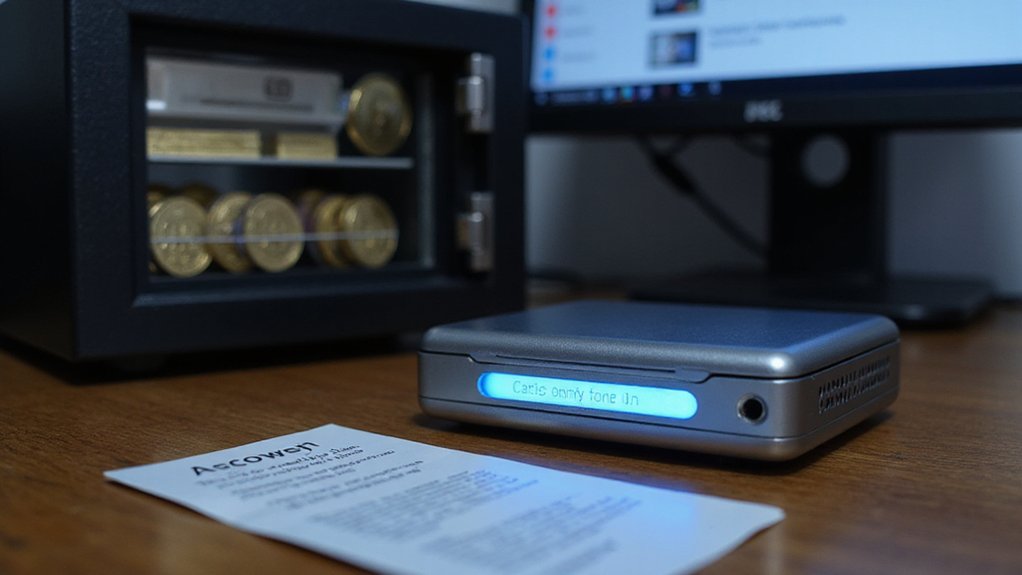TP (Take Profit) in cryptocurrency trading refers to an automated order mechanism that closes positions at predetermined price targets above current market levels. Unlike its defensive counterpart Stop Loss, TP secures gains when prices reach specified thresholds—effectively removing emotional barriers to profit collection. Traders implement TP to establish disciplined exit frameworks, particularly valuable during market volatility or periods of inattention. Advanced strategists often employ partial TP approaches, selling portions at incremental targets while maintaining exposure. This fundamental risk management tool represents merely the gateway to sophisticated profit-harvesting strategies.

In the labyrinthine world of cryptocurrency trading, acronyms and technical jargon proliferate at a rate that would make even seasoned financial analysts reach for their glossaries. Among these shorthand expressions, “TP” stands as a cornerstone concept for traders maneuvering the volatile waters of digital asset markets. TP, or Take Profit, represents an automated order mechanism designed to close positions at predetermined price levels above current market valuations.
This elegant risk management tool serves as the counterpart to its more defensive cousin, the Stop Loss (SL). TP orders are essential for securing profit by automatically selling assets when they reach target prices.
While both function as automated exit strategies, they approach the market from opposite directions—TP secures gains when prices ascend to favorable targets, while SL curtails losses when markets descend beyond tolerable thresholds. The beauty of TP lies in its cold, calculated efficiency; it executes without hesitation when conditions are met, circumventing the emotional vacillation that plagues manual trading decisions. This automated approach reduces manual intervention that might otherwise lead to missed opportunities or hesitation-based losses.
In practice, implementing TP orders creates a disciplined framework for profit realization. Similar to stop-limit orders, TP mechanisms give traders precise control over their exit conditions in cryptocurrency markets.
Disciplined TP implementation removes emotional barriers to profit collection, establishing predetermined exit frameworks that transcend market sentimentality.
Consider a trader who acquires Bitcoin at €100,000 and simultaneously sets a TP at €120,000—this strategic foresight secures a €20,000 profit capture regardless of subsequent market gyrations.
Such automation proves particularly invaluable during sleep cycles or periods of market inattention, when significant price movements might otherwise go unexploited.
The utility of TP orders magnifies substantially in futures markets, where leverage amplifies both potential returns and catastrophic reversals.
Here, a well-placed TP can mean the difference between securing substantial gains and watching them evaporate during sudden market corrections—a phenomenon distressingly common in cryptocurrency’s notoriously capricious markets.
Advanced traders often deploy partial TP strategies, systematically harvesting profits at various price increments rather than exiting positions entirely at a single threshold.
This graduated approach—selling perhaps 25% at each predetermined level—balances profit capture with continued market exposure, accommodating both risk management imperatives and further upside potential in remarkably efficient fashion.
Frequently Asked Questions
How Do I Calculate Ideal Take Profit Levels for Altcoins?
Ideal take profit levels for altcoins emerge from multiple analytical frameworks—technical indicators like Fibonacci extensions and resistance levels coupled with fundamental considerations.
Traders typically calculate TPs by identifying price targets that yield favorable risk-reward ratios (preferably exceeding 2:1), while accounting for asset volatility and prevailing market conditions.
Historical support/resistance levels, psychological price points, and volume profiles further refine these calculations.
The astute trader embraces probabilistic thinking, recognizing that each TP represents not certainty, but optimized potential.
What TP Strategies Work Best During Crypto Bear Markets?
In bear markets, effective TP strategies prioritize capital preservation and opportunistic exits.
Trailing stops capture unexpected rallies while protecting downside, while scaled profit-taking (exiting 25% at predetermined intervals) secures incremental gains.
Volatility-adjusted TPs using ATR multipliers acknowledge the market’s erratic nature.
Fibonacci retracement levels—particularly the 38.2% and 50% zones—provide mathematically sound exit points during countertrend moves.
The psychological advantage of automation shouldn’t be underestimated; algorithms rarely panic-sell or diamond-hand their way into oblivion.
Should TP Levels Be Adjusted Based on Market Volatility?
Absolutely, TP levels demand adjustment during volatility spikes—a practice separating seasoned traders from the crowd still clinging to static targets.
By calibrating take-profit points to current volatility metrics (particularly ATR), traders can avoid the twin pitfalls of premature exits and missed opportunities.
The market’s temperament should dictate one’s profit expectations; what proves realistic during placid conditions becomes woefully inadequate when cryptocurrencies resume their characteristic gyrations.
Tiered TP strategies offer particular advantage here.
Can Bots Effectively Execute TP Orders in Crypto Trading?
Bots execute TP orders in crypto trading with remarkable efficiency, offering advantages human traders simply cannot match.
They monitor markets 24/7, executing take-profit orders instantaneously when conditions are met—without the emotional hesitation that plagues manual traders.
Their algorithmic precision allows for complex, multi-tiered TP strategies across numerous positions simultaneously.
While market anomalies occasionally confound even the most sophisticated algorithms, properly configured trading bots represent the gold standard for consistent TP execution in volatile crypto markets.
How Do Institutional Traders Set Their TP Targets Differently?
Institutional traders differentiate their TP target-setting through quantitative rigor that retail traders can scarcely match.
They deploy proprietary algorithms considering order book depth, liquidity profiles, and macroeconomic correlations while implementing layered exit strategies.
Unlike retail’s often sentiment-driven targets, institutions establish risk-reward parameters through exhaustive backtesting and stress simulations.
Their TP levels incorporate potential market impact considerations (someone must think about those multi-million dollar sell walls) and frequently employ iceberg execution techniques to avoid telegraphing their intentions.









